Thomas Meurer, Knut Graichen, Ernst-Dieter Gilles3540279385, 9783540279389
Table of contents :
front-matter.pdf……Page 1
1 Introduction……Page 11
3 The Encoder-Decoder Pair……Page 13
4.1 Standing Hypotheses……Page 16
4.2 A Nonlinear Observer as Nonlinear Internal Model……Page 18
4.3 The Remote Regulator and its Properties……Page 20
5 Simulation Results……Page 23
1 Introduction……Page 27
2 Partial Observer Form……Page 28
3 Extended Luenberger Observer……Page 31
3.1 Observer Error Line arization……Page 32
3.2 Computation of the Observer Gain……Page 33
3.3 Local Convergence Analysis……Page 34
4 Examples……Page 36
4.1 Synchronous Motor……Page 37
4.2 Example from Jo and Seo (2002)……Page 38
4.3 Mini-Example with Limit Cycle……Page 39
5 Summary……Page 40
1 Introduction……Page 43
2 Exact Error Linearization Method……Page 45
3.1 Preliminaries……Page 48
3.2 Dissipative Observer Design……Page 50
4 Approximate Error Linearization using Dissipativity……Page 52
5.1 Example 1……Page 53
5.2 Example 2: High-Gain Observer Design……Page 54
6 Conclusions……Page 56
1 Introduction……Page 60
2 Invariance……Page 61
3 Characterization……Page 62
4 G -Compatible Output……Page 63
5 Construction……Page 64
6 An Exothermic Reactor……Page 66
7 Inertial Navigation……Page 69
8 Conclusion……Page 71
1 Introduction……Page 73
2 State Estimation Problem……Page 75
3 Moving Horizon State Estimation……Page 79
4 Summary and Discussion……Page 85
1 Introduction……Page 87
2 The Variational Approach……Page 90
3 Smoothing of Linear Boundary Value Processes……Page 91
4 Solution of the Linear Two Point Boundary Value Problem by Direct Methods……Page 92
5 Solution of the Linear Smoothing Problem by an Iterative Method……Page 94
6 Solution of the Nonlinear Smoothing Problem by an Iterative Method……Page 96
7 Conclusion……Page 97
1 Introduction……Page 99
2.1 Working Principle of the MCFC……Page 100
2.2 Detailed Model……Page 101
2.3 Reduced Model……Page 104
3.1 Investigation of Observability……Page 106
3.2 Design of the Kalman Filter……Page 110
4 Conclusions and Outlook……Page 112
1 Introduction……Page 116
2.1 Mass Balance Equations……Page 117
2.2 System Observability……Page 118
2.3 An Example……Page 119
3.1 Bayesian State Estimation……Page 121
3.3 Example……Page 122
4.1 Description……Page 125
5 Particle Filters……Page 126
5.1 Algorithm Description……Page 127
5.2 Example……Page 128
6.1 Description……Page 130
7 Conclusions……Page 132
1 Introduction……Page 134
2 Convergent Systems……Page 136
3 Basic Properties of Convergent Systems……Page 138
4 Sufficient Conditions for Convergence……Page 140
5 Controller Design for Convergent Systems……Page 142
6 Conclusions……Page 145
Appendix……Page 146
1 Introduction……Page 150
2 Notation and De.nitions……Page 153
3 Main Results……Page 154
4 Example: Cart-Pole System……Page 158
5 Proofs……Page 159
5.1 Proof of Theorem 4……Page 160
5.2 Proof of Theorem 3……Page 163
1 Introduction……Page 168
2.1 Nonlinear Systems with Parametric Uncertainty……Page 170
2.2 Brief Review of Bifurcation Analysis……Page 171
3 Analysis-based Robust Control Tuning……Page 172
4 CNLD for Control System Design……Page 173
4.1 Constraints Based on Parametric Distance……Page 174
4.2 Robust Controller Design……Page 177
4.3 Extension to Fast Disturbances……Page 180
5 Summary……Page 183
1 Introduction……Page 186
2 Linear Hybrid Systems……Page 188
3 Constrained Finite Time Optimal Control……Page 189
3.1 The CFTOC Solution via Dynamic Programming……Page 190
3.3 Example: Constrained PWA System……Page 192
4 Constrained In.nite Time Optimal Control……Page 193
4.1 The CITOC Solution via Dynamic Programming……Page 196
4.2 Example: Constrained PWA System……Page 199
5 Software Implementation……Page 200
1 Introduction……Page 202
2 Abstraction Based Supervisory Control……Page 204
3.1 Control Architecture……Page 207
3.2 A Bottom-Up Design Procedure……Page 211
4 Discontinuously Operated Multiproduct Batch Plant……Page 212
5.1 Low-level Plant Model……Page 214
5.2 Low-level Speci.cation and Cost Function……Page 215
5.4 Hierarchical Design – High-level Control……Page 217
6 Conclusions……Page 218
1 Introduction……Page 220
2 Differential Algebra and Nonlinear Systems……Page 221
2.1 Perturbed Uncertain Nonline ar Systems and Fault Variables……Page 222
2.3 Detectability, Isolability and Parity Equations for Fault Variables……Page 223
3 Estimation of the Time Derivatives……Page 224
4.1 Process Description……Page 225
4.2 Control……Page 226
4.3 Simulation Results……Page 227
5 Conclusion……Page 233
1 Introduction……Page 237
2.1 Transition Problem in Input–Output Coordinates……Page 240
2.2 Inversion–based Feedforward Control Design……Page 241
3 Boundary Value Problems for Constrained Input……Page 242
4 Numerical Solution of the BVPs……Page 244
5 Calculation of Transition Time……Page 246
6 Example – the Inverted Pendulum on a Cart……Page 249
7 Conclusions……Page 253
1 Introduction……Page 255
2 Problem Formulation……Page 257
3 Trajectory Planning Neglecting the Internal Dynamics……Page 258
3.1 Linear Case……Page 259
4 Trajectory Planning in View of the Internal Dynamics……Page 260
4.1 Linear Case……Page 262
4.2 Nonlinear Case……Page 263
5 Generalizations……Page 267
A Summation Methods……Page 269
A.1 Finite Approximations……Page 270
C Trajectories and Summation Parameters……Page 271
1 Introduction……Page 273
2.1 Inertial Position Dynamics……Page 276
2.3 State Space Representation……Page 277
3.1 Relative Guidance Maneuver Description……Page 278
3.3 Differential Flatness of the Relative Dynamics……Page 279
3.4 Merging Trajectory Planning……Page 280
3.5 Station Keeping Control……Page 282
4.1 Scenario……Page 283
5 Conclusion……Page 284
1 Introduction……Page 287
2 Vehicle and Tire Model……Page 288
2.1 Inverse Tire Characteristics……Page 290
3.1 Feedforward Control……Page 291
3.2 Stabilizing Feedback Control……Page 292
4 Generation of the Desired Path……Page 293
5 Simulation Results……Page 294
6.1 System Description of the GPS-aided Inertial Navigation System……Page 295
6.2 Realtime Navigation Solution……Page 296
6.3 Discontinuity Avoidance……Page 299
6.5 Sideslip Angle Calculation……Page 300
7 Conclusions……Page 301
1 Introduction……Page 303
3 Controller Design……Page 305
3.2 Trajectory Planning and Open-loop Position Control……Page 306
3.3 Rotor Position Tracking Control……Page 310
4 Experimental Results……Page 311
5 Conclusions……Page 312
1 Introduction……Page 316
2.1 Differential Flatness……Page 317
2.2 Flatness-based Two-Degree-of-Freedom Control……Page 319
3 Industrial Semi-Batch Reactors……Page 321
3.1 Nonlinear Model of Semi-Batch Reactors……Page 322
4 Flatness-based Control of Industrial Semi-Batch Reactors……Page 323
4.1 Conventional PID Control and Disturbance Feedforward……Page 325
4.2 Flatness-based Two-Degree-of-Freedom Control……Page 326
4.3 Relation to Other Work……Page 328
5 Conclusions……Page 331
1 Introduction……Page 334
2.2 Design of the Adaptive Joints……Page 335
3.1 FE-Model of the Structure’s Linear Part……Page 337
3.3 Parameter Identi.cation……Page 339
3.4 Model of the Adaptive Structure……Page 340
4 Actuator and Sensor Placement……Page 341
4.1 Optimization Procedure……Page 342
5.1 Local Feedback Control……Page 344
6 Simulation Results……Page 345
7 Conclusions……Page 348
1 Introduction……Page 350
2 Mathematical Model……Page 352
3 Shape Control……Page 355
4.1 Flatness-based Trajectory Planning……Page 357
4.2 Asymptotic Stabilization of the Error System……Page 360
5 Simulation Results……Page 363
1 Introduction……Page 368
2 Galerkin Models Derived from the Navier-Stokes Equation……Page 371
3 Galerkin Model of the Cylinder Wake……Page 372
4.1 Physically Motivated Solutions……Page 375
4.2 Formally Derived Controllers……Page 378
5 Application of the Controllers in DNS Studies……Page 380
6 Conclusions……Page 382
1 Introduction……Page 386
2 Mathematical Model……Page 387
3.1 Adapted Model for the Melt……Page 389
3.2 Formal Power Series Parameterization of the Process……Page 390
4.1 Adapted Mathematical Model……Page 391
4.2 Formal Power Series Parameterization of the Process……Page 392
4.3 Convergence Issues……Page 394
4.4 Numerical Implementation……Page 395
6 Flatness based Feedback Control……Page 396
7 Conclusion and Outlook……Page 397
1 Introduction……Page 401
2.1 Nonlinear PSA Plant Model……Page 403
3 Dynamical Analysis by Simulation Studies……Page 405
3.1 Cyclic Steady State……Page 406
3.2 Transient Behavior of 2–bed PSA Plant……Page 407
4.1 Discrete–Time I/O Behavior……Page 408
4.3 Reduced Order Model by Means of Wave Approach……Page 409
5.1 Design of Feedforward Control……Page 411
5.3 Simulation Results……Page 413
5.4 Experimental Validation……Page 414
6 Conclusion……Page 415
back-matter.pdf……Page 417
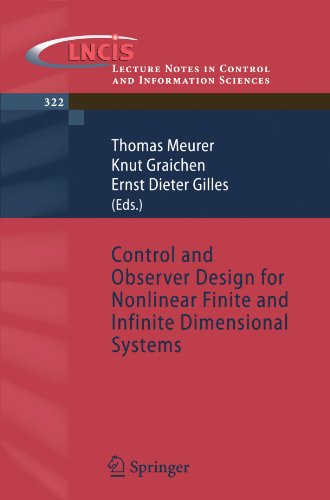
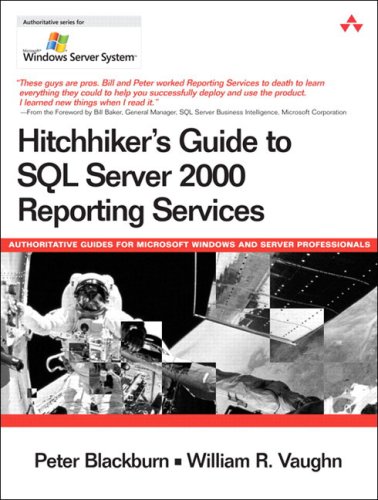
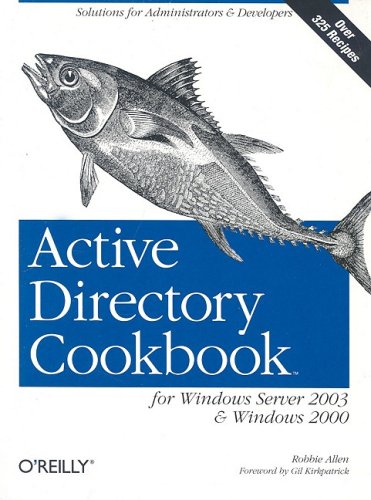
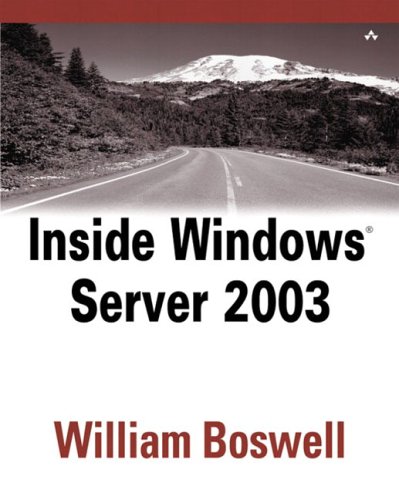

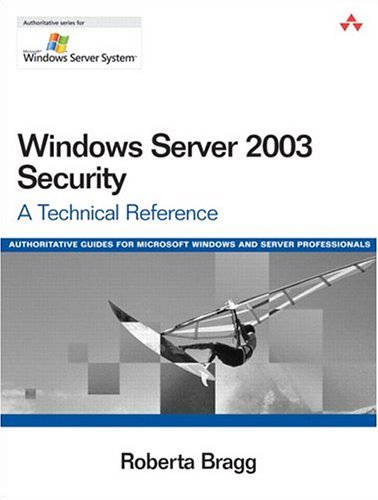

Reviews
There are no reviews yet.